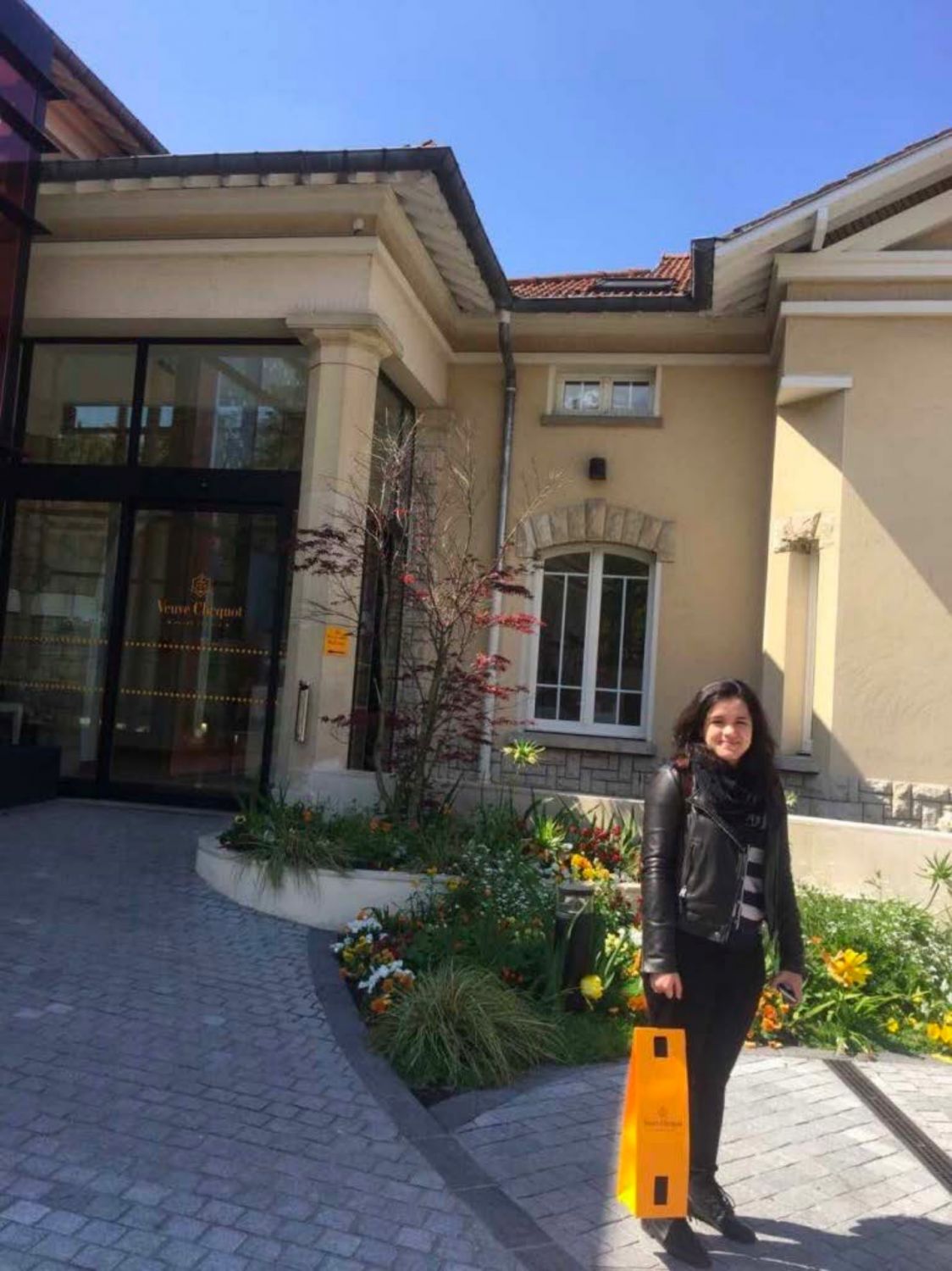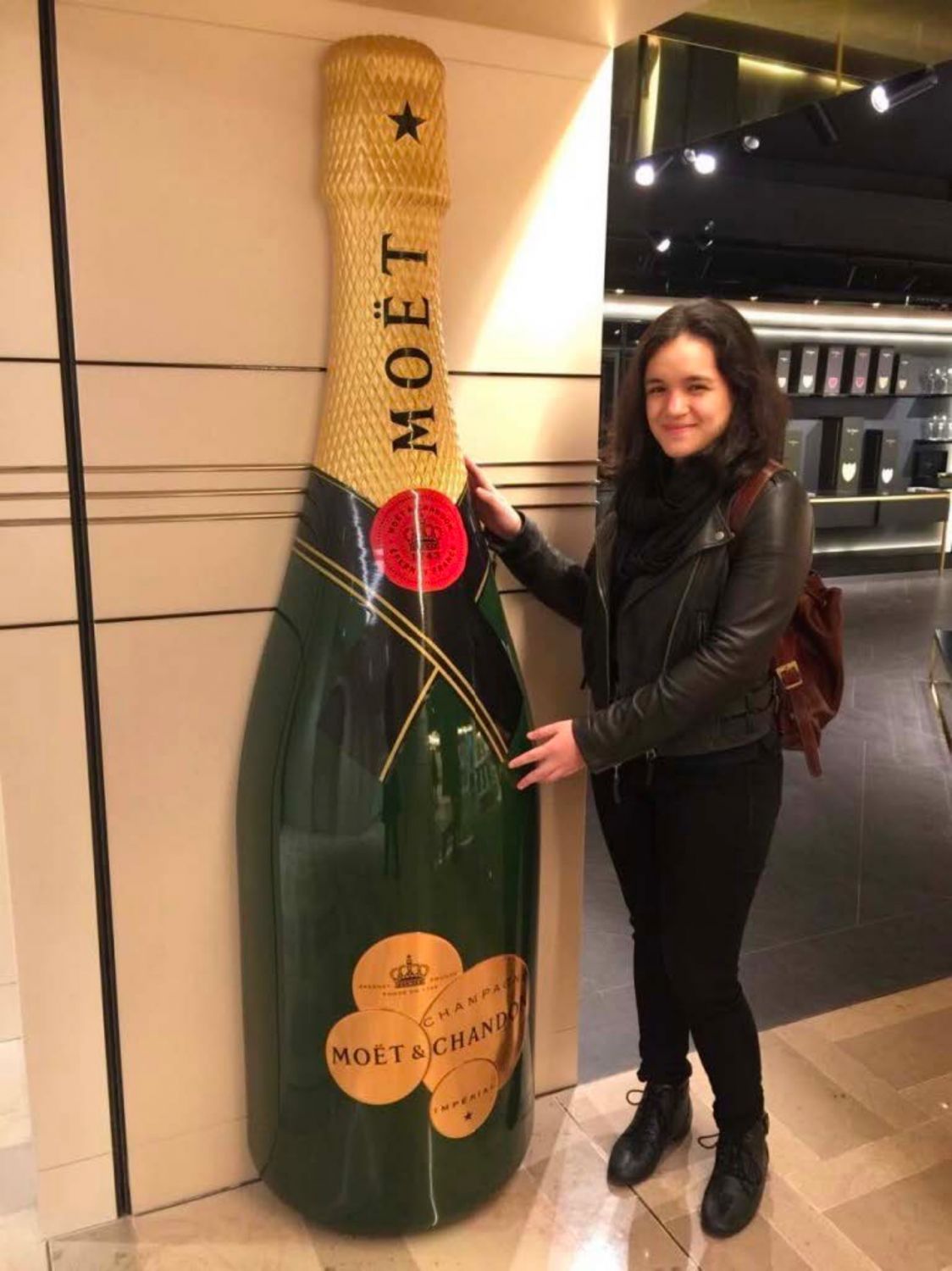Pilar Almario, sommelier and co-founder of Uvas Wine Club, is obsessed with Champagne—here’s why you should be, too
They say you never forget your first love, much less when it’s an indulgence as delectable as fine wine. Naturally, this rings especially true among wine aficionados who spend much of their time reminiscing about their favourite pours—at least, when they’re not too busy hunting down the next one.
Here, we speak to Pilar Almario—sommelier, co-founder of Uvas Wine Club, and brand educator at Moët Hennessy—to learn more about the wine expert and her personal picks. As it turns out, her list is quite succinct, as she has fallen head over heels for one wine in particular: Champagne.


What is your favourite wine type—and more specifically, what grape or blend?
Definitely bubbles! Specifically, Champagne.
[One of the things I love about Champagne is] the attention to detail required to craft a bottle. Champagne has some of the strictest rules and regulations when it comes to production: the use of specific varieties (Chardonnay, Pinot Noir and Meunier), the grapes must only come from the Champagne region and must be hand-harvested, the wine must be produced in the Champagne region, and the method of production (only the traditional method can be used to produce Champagne, and this requires a lot of time). The length of time a bottle is required to age is also monitored: minimum maturation is 15 months for non-vintage; three years for vintage. A lot of effort is put into producing just one bottle.
The terroir—the climate, soil, landscape, and division of crus which are regulated by the region—sets it apart from other sparkling wine regions in the world. It has a rich heritage, too; the Champagne region has 300 years’ worth of history, and each house has its own story. There are also many different types of Champagne, varying in size, varieties (blanc de blanc, blanc de noir, rose), quality (non-vintage, vintage, or prestige cuvee), and sweetness.
Champagne is delicious, and a fantastic way to elevate gastronomic experiences. An example of how it can be used in this context is the Benjarong Experience Vol. 2 menu, with Moet and Chandon pairing.
